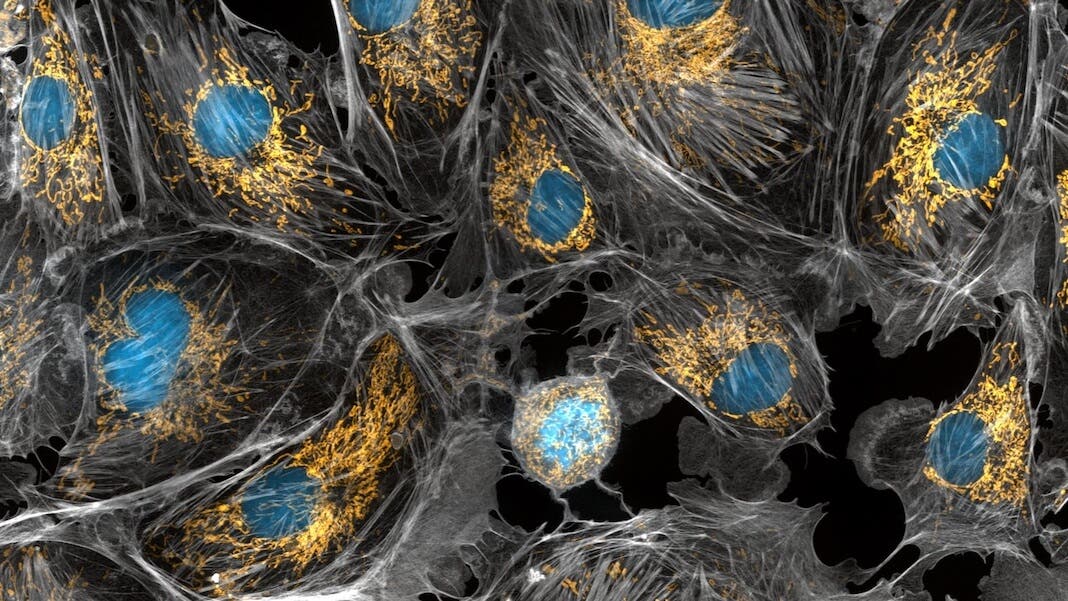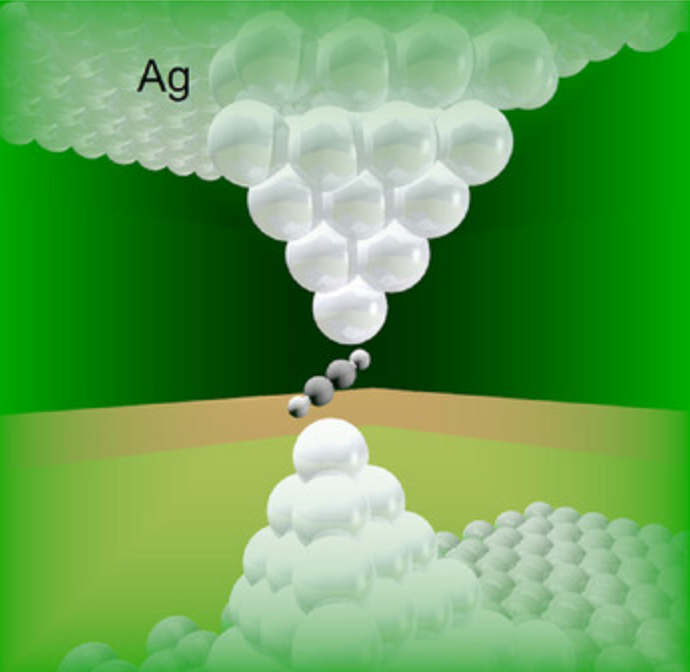Scientists discover how the first cells on Earth could have formed
Scientists who investigate the origins of life ponder whether the chemistry present on early Earth resembled that essential for life today.

Scientists who investigate the origins of life ponder whether the chemistry present on early Earth resembled that essential for life today. (CREDIT: Creative Commons)
Around 4 billion years ago, Earth was evolving conditions conducive to life. Scientists who investigate the origins of life ponder whether the chemistry present on early Earth resembled that essential for life today.
They understand that precursor structures to cells, known as protocells, likely played a vital role in the emergence of life. However, unraveling how these simple protocells originated and diversified to pave the way for life on Earth remains a significant puzzle.
Recently, scientists from Scripps Research have uncovered a potential pathway shedding light on how protocells might have initially formed and progressed chemically, ultimately enabling a variety of functions.
Published online in the journal Chem, their findings propose that phosphorylation, a chemical process involving the addition of phosphate groups to molecules, may have occurred earlier in Earth's history than previously assumed.
This process could have led to the development of more complex protocells with double chains, capable of hosting chemical reactions and exhibiting diverse functionalities. By uncovering these insights into protocell formation, scientists hope to gain a better understanding of the processes that could have facilitated early evolution.
"We've now discovered a plausible way that phosphates could have been incorporated into cell-like structures earlier than previously thought, which lays the building blocks for life," explains Ramanarayanan Krishnamurthy, Ph.D., co-corresponding senior author and professor in the Department of Chemistry at Scripps Research.
Krishnamurthy and his team focus on understanding the chemical processes that occurred before the emergence of life on prebiotic Earth. They collaborate closely with Ashok Deniz, Ph.D., a professor in the Department of Integrative Structural and Computational Biology at Scripps Research, who specializes in soft matter biophysics.
Related Stories
In their recent study, the researchers investigated whether phosphates played a role in the formation of protocells. Given that phosphates are involved in numerous chemical reactions within the body, Krishnamurthy suspected their presence in the early stages of Earth's history.
Previous theories suggested that protocells originated from fatty acids, but the transition from single-chain to double-chain phosphates, crucial for stability and hosting chemical reactions, remained unclear.
To simulate the conditions preceding the emergence of life, the scientists identified three potential mixtures of chemicals capable of forming vesicles, spherical structures resembling protocells. These mixtures included fatty acids and glycerol, a common compound that might have been present on early Earth.
Graphical Abstract: Emergence of phospholipid-protocells in the context of chemical origins of life. (CREDIT: Journal Chem)
The researchers observed the reactions of these mixtures and introduced additional chemicals to create new combinations. These solutions underwent cycles of cooling, heating, and shaking overnight to stimulate chemical reactions.
Using fluorescent dyes, the researchers examined the mixtures to determine if vesicle formation had occurred. They also varied factors such as pH, chemical ratios, metal ions, and temperature to understand their effects on vesicle stability.
"Our experiments indicate that vesicles could transition from a fatty acid environment to a phospholipid environment, suggesting similar chemical conditions may have existed billions of years ago," says Sunil Pulletikurti, a postdoctoral researcher in Krishnamurthy's lab.
Phosphorylation is a biochemical process through which a phosphate group (PO43-) is transferred from one molecule to another, under the influence of a specialized group of enzymes, kinases. (CREDIT: Science Facts)
The researchers discovered that phosphorylation of fatty acids and glycerol might have led to the formation of stable, double-chain structures. Specifically, glycerol-derived fatty acid esters could have produced vesicles with varying tolerances to environmental factors like metal ions, temperature, and pH, crucial for evolutionary diversification.
"We've identified a potential pathway for the emergence of phospholipids during this chemical evolutionary process," says Deniz. "Understanding how early chemistries transitioned to support life on Earth is fascinating, and our findings hint at the intriguing physics that may have contributed to the development of modern cells."
Moving forward, the scientists aim to investigate the dynamic processes of protocells, particularly why some vesicles fused while others divided. This exploration promises further insights into the mechanisms underlying the early stages of life on Earth.
For more science news stories check out our New Innovations section at The Brighter Side of News.
Note: Materials provided above by The Brighter Side of News. Content may be edited for style and length.
Like these kind of feel good stories? Get the Brighter Side of News' newsletter.



